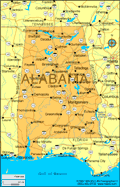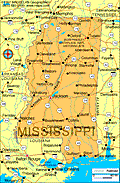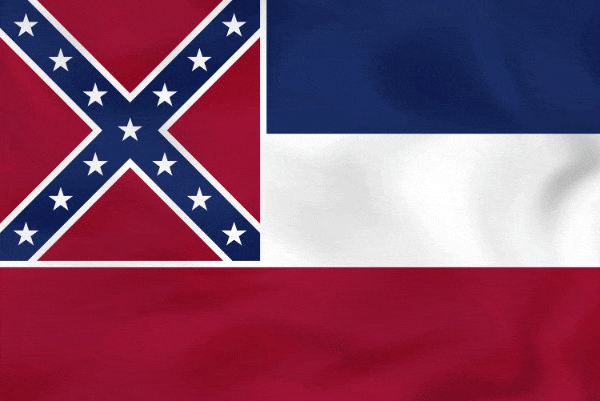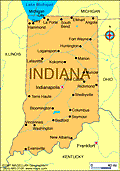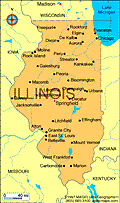
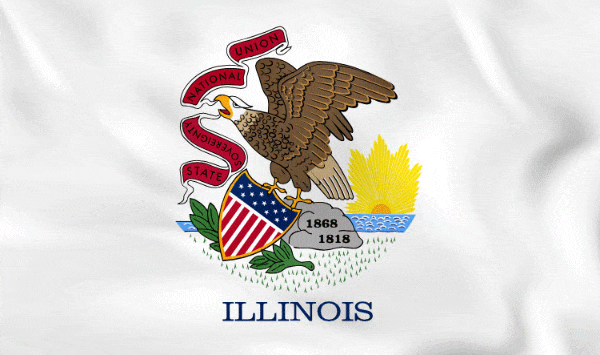
French explorers Jacques Marquette and Louis Joliet, in 1673, were the first Europeans of record to visit the region. In 1699 French settlers established the first permanent settlement at Cahokia, near present-day East St. Louis. Great Britain obtained the region at the end of the French and Indian Wars in 1763. The area figured prominently in frontier struggles during the Revolutionary War and in Native American wars during the early 19th century.
Significant episodes in the state's early history include the influx of settlers following the opening of the Erie Canal in 1825; the Black Hawk War, which virtually ended the Native American troubles in the area; and the rise of Abraham Lincoln from farm laborer to president.
Today, Illinois stands high in manufacturing, coal mining, agriculture, and oil production. The state's manufactures include food and agricultural products, transportation equipment, chemicals, industrial machinery, and computer equipment. The sprawling Chicago district (including a slice of Indiana) is a great iron and steel producer, meat packer, grain exchange, and railroad center. Chicago is also famous as a Great Lakes port.
Illinois is a leading producer of soybeans, corn, and hogs. Other agricultural commodities include cattle, wheat, oats, sorghum, and hay.
Central Illinois is noted for shrines and memorials associated with the life of Abraham Lincoln. In Springfield are the Lincoln Home, the Lincoln Tomb, and the restored Old State Capitol. Other points of interest are the home of Mormon leader Joseph Smith in Nauvoo and, in Chicago: the Art Institute, Field Museum, Museum of Science and Industry, Shedd Aquarium, Adler Planetarium, Merchandise Mart, and Chicago Portage National Historic Site.
On February 14, 2008, former graduate student Stephen Kazmierczak, 21, opened fire in a classroom on the campus of Northern Illinois University, resulting in 18 casualties and six fatalities, including himself.
The first Democrat to have been elected governor in 30 years, Rod Blagojevich, was arrested on December 9, 2008, and impeached on January 9, 2009 on charges of corruption. He began serving a fourteen-year prison sentence on March 15, 2012.
In 2011, the final episode of The Oprah Winfrey Show was aired in Chicago, Ms. Winfrey's adopted home town. It was the longest-running talk show in television history, spanning 25 years and garnering countless awards.
Capital: Springfield
State abbreviation/Postal code: Ill./IL
U.S. Representatives: 18
Organized as territory: Feb. 3, 1809
Entered Union (rank): Dec. 3, 1818 (21)
Present constitution adopted: 1970
Motto: State sovereignty, national union
State symbols:
flower
violet (1908)
tree
white oak (1973)
bird
cardinal (1929)
animal
white-tailed deer (1982)
fish
bluegill (1987)
insect
monarch butterfly (1975)
song
Illinois (1925)
mineral
fluorite (1965)
Nickname: Prairie State
Origin of name: Algonquin for tribe of superior men
10 largest cities (2014): Chicago, 2,714,856; Aurora, 199,932; Rockford, 150,843; Joliet, 148,268; Naperville, 143,684; Springfield, 117,126; Peoria, 115,687; Elgin, 109,927; Waukegan, 88,862; Cicero, 84,137
Land area: 55,584 sq mi. (143,963 sq km)
Geographic center: In Logan Co., 28 mi. NE of Springfield
Number of counties: 102
Largest county by population and area: Cook, 5,227,992 (2012); McLean, 1,184 sq mi.
Public use areas: 186 (275,000 ac.), incl. state parks, memorials, forests and conservation areas
Residents: Illinoisan
2015 resident population: 12,859,995
Relief and drainage
Much of Illinois’s land is flat, with irregular plains in the western, northern, and southern sections. This area once constituted a vast tallgrass prairie, virtually all of which was converted to farmland or urban sprawl. The unglaciated southernmost part of the state is in many ways out of character with the rest of Illinois. Shawnee National Forest, the only large tract of federally administered land in Illinois, covers a great part of this region. Southern Illinois consists of gently sloping, open hills. Rolling hills in the northwestern corner include the state’s highest point, Charles Mound, which is 1,235 feet (376 metres) above sea level. The statewide average elevation is about 600 feet (180 metres).
The deep black soil of much of northern and central Illinois has unusual richness, and its quality for agriculture is among the finest in the world. The soils of the southern third of the state are far less suited for farming.
Illinois is drained by as many as 900 streams emptying mostly into the Mississippi River system. The Chicago and Calumet rivers—originally flowing into the St. Lawrence by way of Lake Michigan—have been altered through the construction of canals to drain into the Mississippi by way of the Illinois River, which roughly bisects the northern portion of the state from northeast to southwest. The Ohio River joins the Mississippi at the state’s southern tip near Cairo, an area known as “Little Egypt.”
Water lies under all of Illinois in natural underground reservoirs. Chicago and many of its suburbs draw their water from Lake Michigan, but most of northern Illinois’s water is pumped from underground wells. Some regions face a dwindling water supply; around Joliet the water table has been lowered hundreds of feet since the early 20th century. Most of the state’s lakes are man-made.
Climate
Because of its geographic position and its long north-south axis, Illinois experiences wide regional variations in temperature. Across the state, seasonal temperature variation also tends to be great, with typically cold, snowy winters and hot summers; extremes are somewhat ameliorated around Lake Michigan. Mean winter temperatures are about 22 °F (−6 °C) in the north and 37 °F (3 °C) in the south; summer equivalents, respectively, are 74 °F (23 °C) and 80 °F (27 °C). Mean annual precipitation in the north is about 34 inches (864 mm) and in the south 46 inches (1,170 mm). The growing season varies from 205 days in the south to 155 days in the northernmost counties.
Plant and animal life
Illinois vegetational regions are separated into the tallgrass prairie of northern and central Illinois and the oak-hickory forest of the western and southern regions. Only tiny fragments of the original tallgrass prairie have been preserved, and some small areas have been reconstructed; the largest restored prairie in the state is Midewin National Tallgrass Prairie, near Joliet. Before European settlers—first the French and then the English—moved in beginning in the 17th century, oak-hickory forests also prevailed in the north. The settlers, needing wood for fuel and construction material and the lumbering industry, stripped most of the trees, which left only 10 percent forest cover in Illinois. More than 6,200 square miles (16,000 square km) of forests remain, some 1,100 square miles (2,800 square km) of them in Shawnee National Forest. The state’s length gives it an unusual variety of Northern and Southern plant life. Both Northern and Southern wildflowers grow in Illinois, as do a variety of trees, such as white pines, tamaracks, walnuts, cypresses, and tupelos.
Before 1800 abundant wildlife roamed the prairies and forests, but bison, bears, wolves, mountain lions (pumas), porcupines, and elk have disappeared. Deer became extinct in 1910, but in 1933 the state department of conservation placed small herds that established a growing deer population. By the early 21st century the number of white-tailed deer in the state had reached into the hundreds of thousands. Coyotes and foxes can be found in woodlands and other natural areas and, increasingly, in and around urban areas. Game birds such as quail and pheasant are not as plentiful as in previous times, but waterfowl are abundant during the spring and fall migrations. Pollution has nearly wiped out many species of fish, but bullheads, carp, catfish, white and yellow bass, and walleye still abound.
Illinois Facts and Trivia
- Ottawa, Freeport, Jonesboro, Charleston, Galesburg, Quincy and Alton hosted the famous Lincoln-Douglas debates that stirred interest all over the country in the slavery issue.
- The first Aquarium opened in Chicago, 1893.
- The world's first Skyscraper was built in Chicago, 1885.
- Home to the Chicago Bears Football Team, Chicago Blackhawks hockey team, Chicago Bulls basketball team, Chicago Cubs and Chicago Whitesox baseball teams, Chicago Fire soccer team.
- The first Mormon Temple in Illinois was constructed in Nauvoo.
- Peoria is the oldest community in Illinois.
- The Sears Tower, Chicago is the tallest building on the North American continent.
- Metropolis the home of Superman really exists in Southern Illinois.
- Cahokia Mounds State Historic Site--most sophisticated prehistoric native civilization north of Mexico
- Illinois had two capital cities, Kaskaskia, and Vandalia before Springfield.
- The NFL's Chicago Bears were first known as the "Staley Bears". They were organized in 1920, in Decatur.
- Illinois was the first state to ratify the 13th Amendment to the Constitution abolishing slavery. 1865
- On December 2, 1942, Enrico Fermi and a small band of scientists and engineers demonstrated that a simple construction of graphite bricks and uranium lumps could produce controlled heat. The space chosen for the first nuclear fission reactor was a squash court under the football stadium at the University of Chicago.
- Des Plaines is home to the first McDonald's.
- Dixon is the boyhood home of President Ronald Reagan.
- Springfield is the state capital and the home of the National Historic Site of the home of President and Mrs. Abraham Lincoln.
- Chicago is home to the Chicago Water Tower and Pumping Station, the only buildings to survive the Great Chicago Fire.
- Before Abraham Lincoln was elected president he served in the Illinois legislature and practiced law in Springfield. Abraham Lincoln is buried just outside Springfield at Lincoln Tomb State Historic Site.
- Carlyle is the home of the largest man-made lake in Illinois.
- Illinois has 102 counties.
- Ronald Wilson Regan from Tampico became the 40th president of the United States in 1980.
- The highest point in Illinois is Charles Mound at 1235 feet above sea level.
- The state motto is: State Sovereignty, National Union
- The ice cream "sundae" was named in Evanston. The piety of the town resented the dissipating influences of the soda fountain on Sunday and the good town fathers, yielding to this churchly influence, passed an ordinance prohibiting the retailing of ice cream sodas on Sunday. Ingenious confectioners and drug store operators obeying the law, served ice cream with the syrup of your choice without the soda. Objections then was made to christening a dish after the Sabbath. So the spelling of "sunday" was changed. It became an established dish and an established word and finally the "sundae".
- The round Silo for farm storage of silage was first constructed on a farm in Spring Grove.
- The Illinois state dance is square dancing.
- Illinois has more units of government than any other state (i.e., city, county, township, etc.). Over six thousand. One contributing reason may be the township governments, which are generally six miles square.
- The worst prison camp during the Civil War in terms of percentages of death was at Rock Island.
- Illinois boasts the highest number of personalized license plates, more than any other state.
- The University of Illinois Conservatory is 37 feet high at its apex.
- In 1905, president of the Chicago Cubs filed charges against a fan in the bleachers for catching a fly ball and keeping it.
- Chicago's Mercantile Exchange building was built entirely without an internal steel skeleton, as most skyscrapers; it depends on its thick walls to keep itself up
- The abbreviation "ORD" for Chicago's O'Hare airport comes from the original name Orchard Field. O'Hare Airport was named in honor of Lieutenant Commander Edward H. "Butch" O'Hare.
- The trains that pass through Chicago's underground freight tunnels daily would extend over ten miles total in length.
- The slogan of 105.9, the classic rock radio station in Chicago: 'Of all the radio stations in Chicago...we're one of them.'
- In Mount Pulaski, Illinois, it is illegal for boys (and only boys) to hurl snowballs at trees. Girls are allowed to do that however.
- In Illinois Michael is the top name chosen for boys. Emily is the most chosen name for girls.
- Illinois is known for its wide variety of weather. Major winter storms, deadly tornadoes and spectacular heat and cold waves.
- The first birth on record in Chicago was of Eulalia Pointe du Sable, daughter of Jean-Baptiste Pointe du Sable and his Potawatomi Indian wife in 1796.
- Chicago's Mercy Hospital was the first hospital opened in Illinois.
- The first animal purchased for the Lincoln Park Zoo was a bear cub, bought for $10 on June 1st, 1874
- The University of Chicago opened on October 1, 1892 with an enrollment of 594 and a faculty of 103.
- New York Sun editor Charles Dana, tired of hearing Chicagoans boast of the world's Columbian Exposition, dubbed Chicago the "Windy City."
- Comedy showcase "Second City" was founded on North Wells Street in a former Chinese laundry in 1959
- Chicago's first African American mayor, Harold Washington, took office in 1983
- The 4 stars on the Chicago flag represent Fort Dearborn, the Chicago Fire, the World's Columbian Exposition, and the Century of Progress Exposition.
- The Chicago Public Library is the world's largest public library with a collection of more than 2 million books.
- The Chicago Post Office at 433 West Van Buren is the only postal facility in the world you can drive a car through.
- The Chicago River is dyed green on Saint Patrick's Day.
- The world's largest cookie and cracker factory, where Nabisco made 16 billion Oreo cookies in 1995, is located in Chicago.

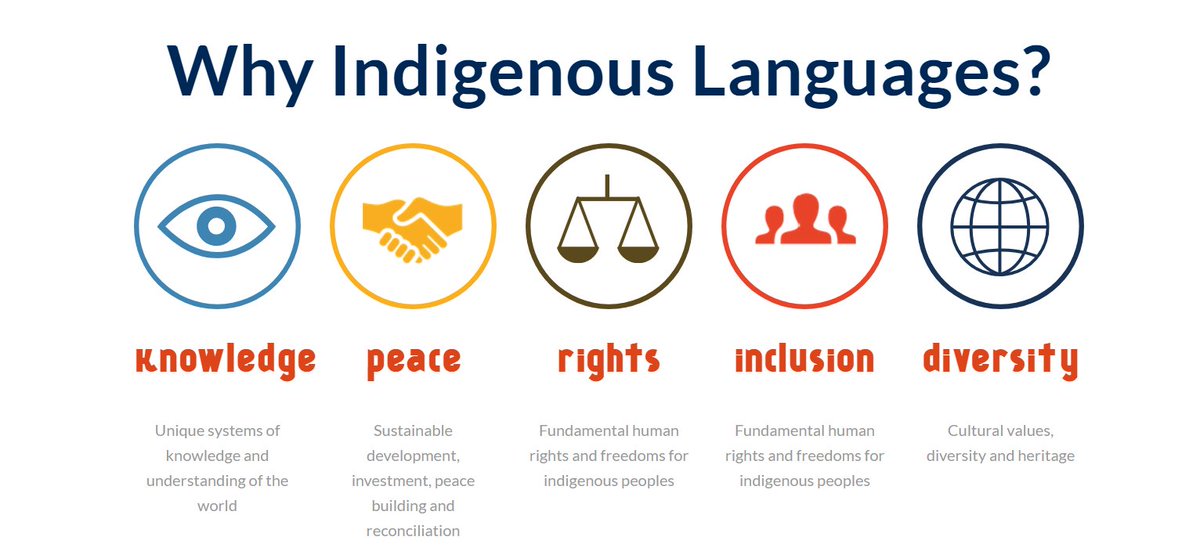
 A crimson St. Andrew's cross on a white field, patterned after the Confederate Battle Flag, and adopted in 1895. The bars forming the cross must not be less than six inches broad and must extend diagonally across the flag from side to side.
A crimson St. Andrew's cross on a white field, patterned after the Confederate Battle Flag, and adopted in 1895. The bars forming the cross must not be less than six inches broad and must extend diagonally across the flag from side to side.